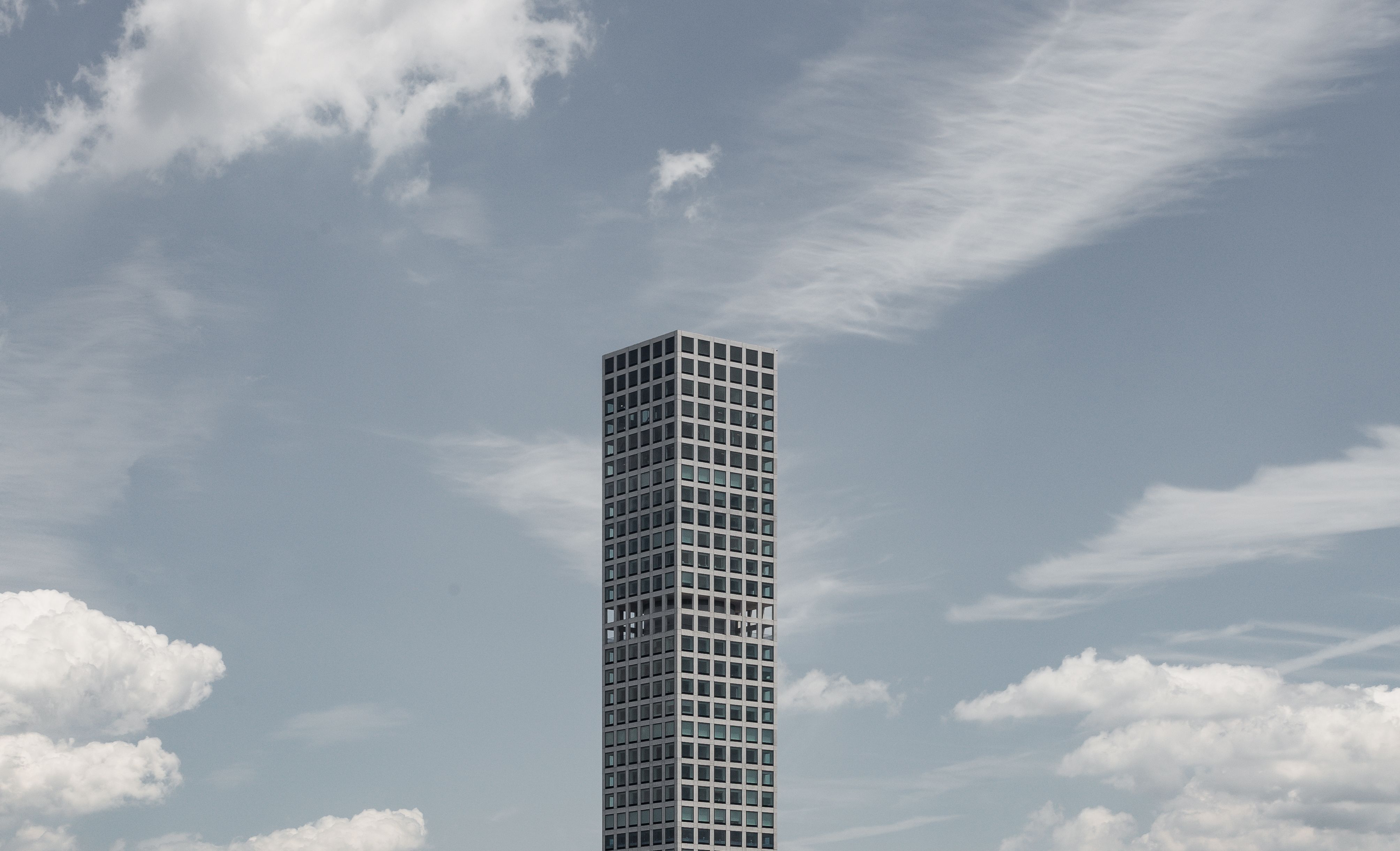I used the story “to defend that rather than adhere blindly and boringly to the objects it observes, the writing of architecture has to somehow go against the grain of architecture itself. Rather than being subservient to its subject, architectural writing has to take flight and construct its own critical worlds, even if in dialogue with architecture. Of course, if architectural writing wants to have a durable impact, it also has to seduce its readers into its arguments. It has to detach itself from the functionalistic, Pavlovian responses of description, comparison and repetition. It has to liberate itself from academic formulas and limited expectations. It has to build its own project as an autonomous narrative. Indeed, it has to find its own pleasure.” See Pedro Gadanho “On (Architectural) Writing as an Autonomous, Personal Practice,” GAM 11 (2015), previously published in “On Experimental Architectural Writing and Its Media,” in Archizines, ed. Elias Redstone (London: Bedford Press, 2012), extract originally published as “Salon des Refusés #01,” in Shrapnel Contemporary, May 25, 2011, ➝.
The last architectural review I have published, I must confess, was of a couple of buildings I’ve never set foot in. The Lobe House, in fact, sits in Chile’s Chiloé Province, some 19 hours and 40 minutes and several connecting flights away from my home. But I knew the architects well, and as contemporary architecture curator at the Museum of Modern Art, I had even brought another of their house projects to the museum’s collection. It felt appropriate to take this opportunity to trigger a reflection on the impact of single architectural works (and their authors) regarding the wider understanding of the architectural field today. See Pedro Gadanho, “Just what is it that makes these houses so different, so appealing?,” Domus 1020 (2018).
This excerpt comes from a much longer story, written in response to a commission for a book on a new luxury hotel in Lisbon, in 2011. With honorariums being low as usual, it felt adequate to demand spending 24 hours in the hotel so as to fully appreciate its spaces and services. Out of that one-day cycle emerged a narrative that echoed events unfurling at that time, suggesting that the medium of criticism can aspire to more than just addressing a specialist endeavor. The story dwells on an imaginary visit of Dominique Strauss-Kahn, shortly after his resignation from the International Monetary Fund. While the identity of the main character is never disclosed, the piece draws inspiration from Brett Easton Ellis’ fictional techniques to elicit an allegory on today’s extreme economic inequality, as embodied in the experience of luxury architecture. For the full story, go to a bookstore in Lisbon and try your luck. Altis Belém Hotel & Spa: The Voyage, eds. Risco & FSSMGN arquitectos (Lisbon: Caleidoscópio, 2017).
This short story was inspired by a recent visit to Álvaro Siza’s Iberê Camargo Foundation, in Porto Alegre, Brazil. While there still seem to be many people willing/needing/feeling stimulated to write on architecture, one is struck by the impression that, particularly in an age of 140-character sound bites, fewer and fewer seem to be available to sit comfortably and read through an argument of 2000/3000 words. If reading represents the real crisis—in turn generating the apparent success of new, mobile modes of reading such as the one conveyed by e-flux and other electronic newsletters—how do you offer buildings to interested parties through other technologies or from other points of (re)view? Following on the suggestion that “curating is the new criticism”—as picked for a title of an interview for Domus back in 2012—one should think of importing curatorial techniques to the waning field of criticism. Thus, one approach would be to offer audio-guides with exquisitely constructed reviews in which visitors are spared the effort to visualize spaces out of complicated descriptions, but instead are invited to superimpose critical arguments to a direct, but augmented viewing experience.
To the exception of points 7 and 10, all quotes from New York Times readers, on the piece Matt AV Chaban, “New Manhattan Tower Is Now the Tallest, if Not the Fairest, of Them All,” New York Times, October 13, 2014, ➝. Comment 7 taken from a comment placed on thisgreatname, “How do you architects like this building in Manhattan. It is referred to as 432 Park Avenue, but I like to call it ‘Stick Building’,”, reddit, November 6, 2017 ➝, by ThatGreyKid.
See Aaron Betsky, “432 Park Avenue and the Importance of Being There and Being Square,” Architect Magazine, October 16, 2014, ➝.
See Jacob Moore, “432 Park Avenue: Pointing Fingers,” The Avery Review 4 (December 2014), ➝.
See Joshua Brown, “Meet the house that inequality built: 432 Park Avenue,” Fortune, November 24, 2014, ➝.
